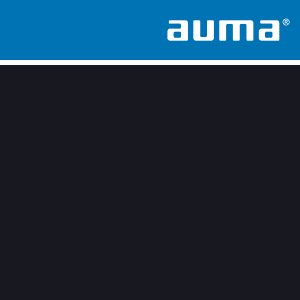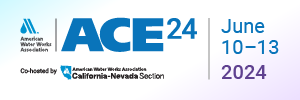Zero leakage in cryogenic applications – technical insights from Quadax
Applications in low temperature ranges are referred to as cryogenic applications in professional circles, and are becoming ever more important in the era of energy transition. Due to the increased storage and further recycling of LNG (liquefied natural gas), the demand for plants in the cryogenic area has strongly increased in recent years. To enable cost-effective transport, gas is cooled down to a temperature of -165°C which turns it into liquid. This frequently requires shut-off valves which have to be able to achieve a high degree of leak tightness in the application area (-162°C LNG to -196°C nitrogen/oxygen). At the same time, many manufacturers of the 3-x eccentric butterfly valves have problems maintaining the leakage rate specified in BS 6364. This issue is attributable to the geometry of the seat and seal of the 3 offset butterfly valves.
Material expansion during temperature rise
Physics teaches us that an unequal elliptical hole exhibits a proportional expansion of the material under very intense heat. If the butterfly valves are made of materials that have similar expansion coefficients, then even when heated up to 1000°C these valves exhibit proportional expansion of the individual parts and can thus guarantee constant leak tightness.
These prerequisites are also the bases for passing the Fire Safe Test specified in API 607.
Material shrinkage during a temperature drop
When the materials cool off the material contracts (shrinkage). Here the proportionality prerequisite is not applicable.
As heated materials cool off again or are brought from cryogenic temperatures to room temperature, the material shrinks. In valves with different material lengths, widths and depths this leads to uneven shrinkages. The elliptical metal seal of a 3 offset butterfly valve with its unequal wall thicknesses expands uniformly, guaranteeing the required leakproofness. However, when such valves cool off, the metal undergoes unequal shrinkage which is attributable to the differing wall and material thicknesses. The resulting material distortion causes leaks on the seat since the seal geometry is no longer one-hundred percent the same. As a result, the valve seat can no longer seal absolutely tightly with the housing.
For the users of cryogenic plants this has posed a problem that has been unsolvable for a long time.
Quadax 4 offset butterfly valve
The development of the 4-offset butterfly valve from the Müller co-ax Group means there is now a butterfly valve on the market that ensures leak tightness even under extreme temperature fluctuations or in cryogenic applications.
Not only do the 4 offset butterfly valves from Müller Quadax operate with an oval seal geometry, they are designed with a circular sealing face. This means that the wall thickness of the material is uniform across the entire sealing face. The result of this material homogeneity is uniformity during both the expansion as well as the shrinkage of the materials.
Competitive advantage
This is a decisive advantage for applications involving extreme temperatures and temperature changes. The circular sealing elements of the 4 offset butterfly valves enable confirmed, bubble-free leak tightness even at temperatures down to -196°C.
This can also be proven with externally performed tests.
One of Müller Quadax’s key customers for applications in the cryogenic area is the company Linde, who were very interested in finding a leak-tight shut-off valve for their air separation plants.
Air separation plants
The following applications are denoted in the air separation plant project:
“In cryogenic air separation plants oxygen, nitrogen and argon can be produced using cryogenic rectification. Furthermore, through cryogenic air separation other rare gases such as krypton, xenon, helium and neon can also be extracted. The plants can produce products in the gaseous state for pipelines and can also be liquefied for storage and shipping with trucks.“ – Source: http://www.linde-engineering.com/de/process_plants/air_separation_plants/index.html
The Quadax butterfly valve is being used here in sizes DN100 to DN800 and pressure stages up to 100bar, depending on the project.
Cryotest
With the 4 offset butterfly valve Müller Quadax was able to maintain and even significantly exceed a leak tightness rate compliant with the well-known BS 6364 regulations. BS 6364 permits a leakage of 100mm³/s*DN in cryogenic applications. ’Cryotests’ were performed on the 4 offset butterfly valves based on the specifications in BS 6364 in the presence of third and independent parties.
One example using the DN300 nominal width:
BS 6343 permits: 100mm³/s*300 = 30,000mm³/s = 1,800 ml/min
Quadax achieves: No visible leakage
For the 4 offset butterfly valve from Müller Quadax, the entire test findings were highly successful based on BS 6364.
This article was written by Michael Knorr, managing director Quadax
Visit: www.quadax.de
















